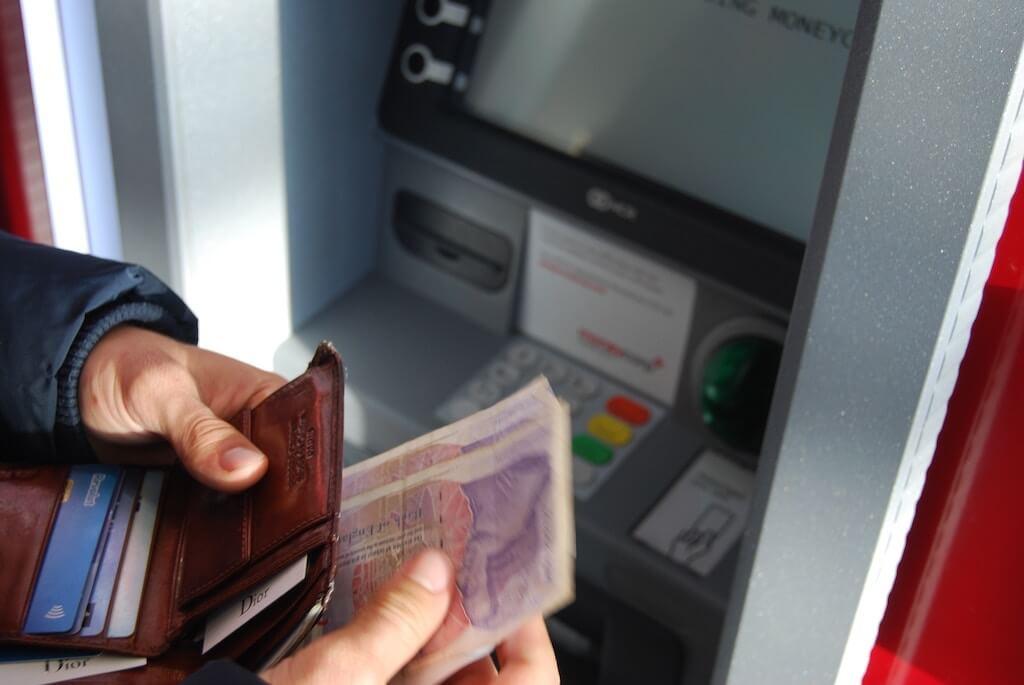Brought to the fore by the proliferation of smartphones and the digitalization of transactions, mobile payment technology is swiftly becoming the modus operandi of modern-day commerce.
This innovative technology empowers consumers to conduct transactions merely with their smartphones, marking a significant shift towards convenience and security. This exposé aims to unravel the latest progressions in mobile payment technology and their influence on the future of digital commerce.
Mobile payment technology makes it possible for consumers to execute purchases through their smartphones, circumventing the necessity for cash or credit cards. Its growing popularity can be ascribed to the convenience and security it assures for transactions.
Pioneering Mobile Payment Technologies
Near-Field Communication (NFC)
Near-field communication, or NFC, lets smartphones interact with payment terminals through radio waves, playing a crucial role in mobile payment solutions like Apple Pay and Google Wallet.
QR Codes
QR codes present another well-received mobile payment avenue, letting users scan a code with their smartphones to finalize a transaction. This method is largely adopted in China via payment platforms like WeChat Pay and Alipay.
Mobile Wallets
Mobile wallets are smartphone applications that allow users to securely store their payment data. These wallets can be utilized to perform transactions at payment terminals or on the internet.
Biometric Authentication
Biometric authentication validates the user’s identity using distinctive physical traits, such as fingerprints or facial recognition. This technology is progressively employed to fortify the security of mobile payments.
Advantages of Mobile Payment Technology
Convenience
In an age where intangible currents of technology seem to gently nudge out the physical tangible constructs that once held sway, the fluttering notes of cash and the glinting slivers of credit cards seem less and less relevant. Instead, we find ourselves entranced by the fluid dance of mobile payment technology, a ballet of digital transactions that pirouettes through the obstacle course of modern finance, unhampered by the necessity of tangible currency.
The Protective Aura
Consider the delicate but steadfast fortress of security erected around mobile payment systems. Biometric authentication – fingerprints, iris scans, the uniqueness of one’s voice – binds the system to the user, rendering it impregnable to those who lack these credentials. Now, this isn’t your garden-variety padlock, it’s the intricate weave of encryption, a virtual vault guarding your financial assets with a vigilance rivalling a dragon’s zeal for its hoard.
The Widespread Embrace
Much like the tender caress of a summer breeze, the availability of mobile payment technology extends to the owners of smartphones far and wide. Thus, the crisscrossing network of digital transactions becomes a godsend for those who, through no fault of their own, find themselves without the compass of traditional banking systems. A beacon of hope in the complex maze of contemporary payments, wouldn’t you agree?
Curtains Down
Behold the marvelous spectacle of mobile payment technology, progressing with a pace that rivals a star-studded meteor shower, illuminating the world of consumer transactions with secure convenience. It’s a veritable tapestry of advanced marvels – NFC, QR codes, mobile wallets, and again, biometric authentication – each strand contributing to the design of the future financial landscape.
Companies, no strangers to the appeal of new, efficient pathways, hitch their wagon to this star of a system. The result? A supernova of a customer journey, sparkling with the secure and convenient payment alternatives that send revenue skyrocketing like a well-timed fireworks display.
There you have it, dear reader. Mobile payment technology, a seemingly simple dance of digits, leading us forward in an intricate waltz of modern finances. Isn’t it beautiful?
FAQs
What are the perks of mobile payment technology?
Mobile payment technology offers the triple benefits of convenience, security, and accessibility, making it an optimal solution for individuals and businesses.
How does mobile payment technology function?
Mobile payment technology allows smartphones to communicate with payment terminals, enabling consumers to execute transactions using their devices.
How can businesses leverage mobile payment technology?
Businesses can harness mobile payment technology to provide their customers with a secure and convenient payment option, thereby enriching the customer experience and boosting sales.

